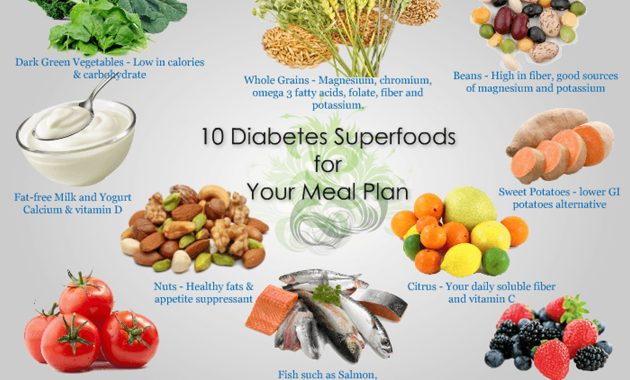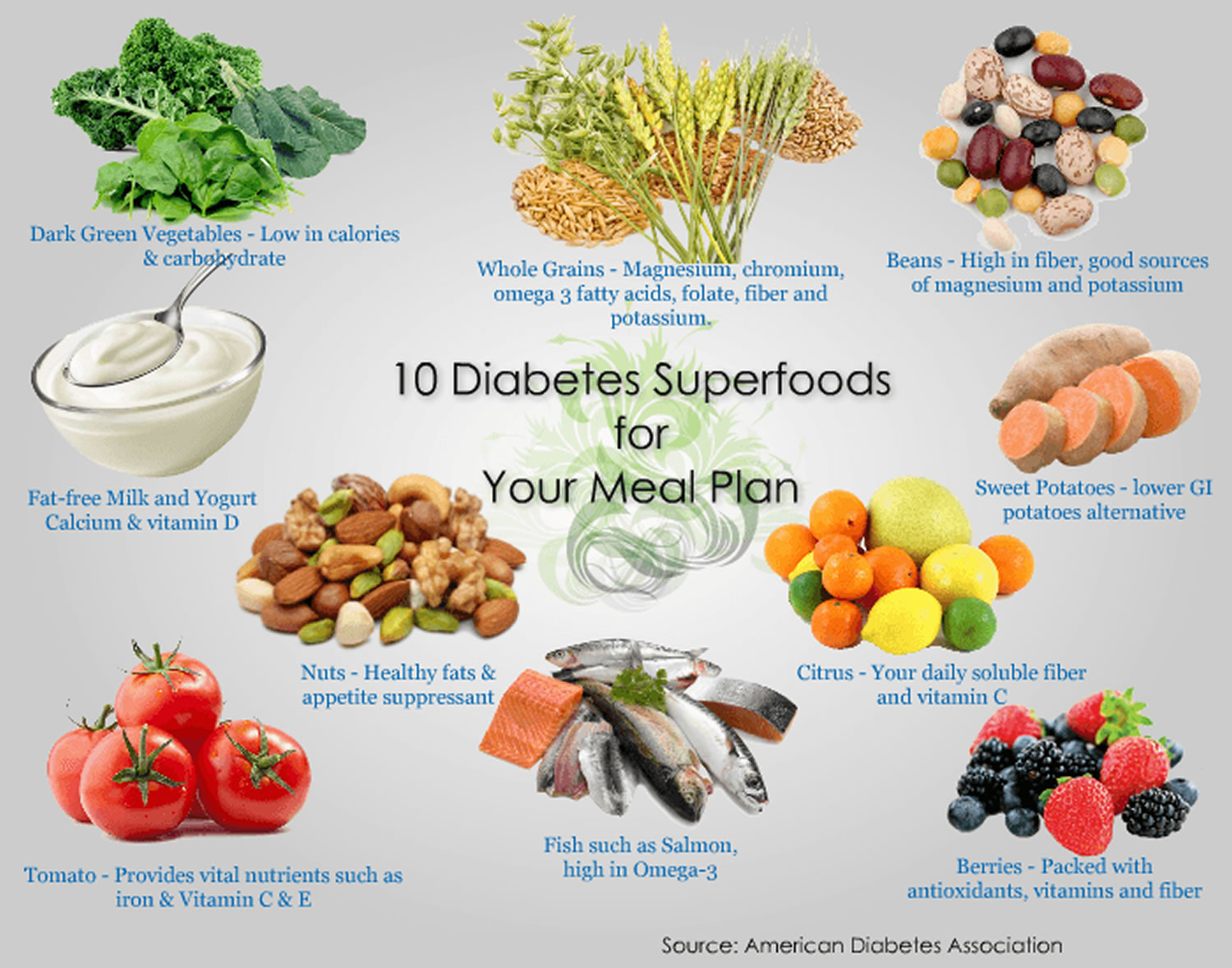
How to Handle Diabetes and Still Eat What You Love: A Guide to Balanced Living
The diagnosis of diabetes can feel like a life-altering event. Suddenly, there’s a new set of rules, a constant awareness of blood sugar levels, and, for many, a fear of saying goodbye to favorite foods. But what if managing diabetes didn’t mean sacrificing the joy of eating? The good news is that it doesn’t have to. This article explores how to handle diabetes effectively while still enjoying the foods you love. It’s about finding a balance, making informed choices, and embracing a lifestyle that supports both your health and your happiness.
Understanding Diabetes and Its Impact
Diabetes is a chronic metabolic disorder characterized by elevated blood sugar levels. This occurs when the body either doesn’t produce enough insulin (Type 1 diabetes) or can’t effectively use the insulin it produces (Type 2 diabetes). Insulin, a hormone produced by the pancreas, is essential for regulating blood sugar by allowing glucose to enter cells for energy. When this process is disrupted, glucose builds up in the bloodstream, leading to various health complications.
The long-term effects of uncontrolled diabetes can be severe, including cardiovascular disease, nerve damage (neuropathy), kidney disease (nephropathy), eye damage (retinopathy), and foot problems. Therefore, effective management is crucial. This involves a combination of factors, including medication, regular physical activity, and, perhaps most importantly, dietary adjustments.
The Role of Diet in Diabetes Management
Diet plays a pivotal role in managing diabetes. What you eat directly impacts your blood sugar levels. Therefore, making smart food choices is a cornerstone of diabetes care. This doesn’t mean you have to deprive yourself of all the foods you enjoy. Instead, it’s about learning to make informed decisions, understanding portion sizes, and focusing on a balanced approach.
The core principles of a diabetes-friendly diet include:
- Focusing on whole, unprocessed foods: This includes fruits, vegetables, whole grains, lean proteins, and healthy fats.
- Monitoring carbohydrate intake: Carbohydrates have the most significant impact on blood sugar. Knowing the carbohydrate content of your meals is essential.
- Choosing fiber-rich foods: Fiber slows down the absorption of sugar, helping to stabilize blood sugar levels.
- Limiting added sugars and processed foods: These foods often lead to rapid spikes in blood sugar.
- Eating regular meals and snacks: This helps prevent blood sugar fluctuations.
Crafting a Personalized Meal Plan
There is no one-size-fits-all meal plan for people with diabetes. Your dietary needs will depend on several factors, including the type of diabetes you have, your medication, your activity level, and your individual preferences. However, the following steps can help you create a personalized meal plan that works for you and helps you handle diabetes effectively:
- Consult with a healthcare professional: Work with your doctor, a registered dietitian, or a certified diabetes educator. They can assess your individual needs and provide tailored guidance.
- Learn about carbohydrate counting: This involves tracking the amount of carbohydrates in your meals and snacks. This is a crucial skill for managing blood sugar.
- Plan your meals in advance: Meal planning helps you make healthy choices and avoid impulsive decisions.
- Choose nutrient-dense foods: Focus on foods that are rich in vitamins, minerals, and fiber.
- Pay attention to portion sizes: Eating too much of any food, even healthy ones, can impact your blood sugar levels.
Eating the Foods You Love: Strategies for Success
The idea of giving up all your favorite foods can be daunting. Fortunately, it’s often possible to incorporate your beloved dishes into your diet with some modifications and mindful strategies. Here’s how you can handle diabetes and still eat what you love:
Portion Control
One of the simplest yet most effective strategies is controlling portion sizes. Even if you’re eating a food that’s higher in carbohydrates or sugar, eating a smaller portion can minimize its impact on your blood sugar. Use smaller plates, measure your food, and be mindful of how much you’re consuming.
Making Healthy Swaps
Often, you can make simple substitutions to make your favorite recipes diabetes-friendly. For example, you can swap white rice for brown rice or quinoa, use whole-wheat pasta instead of regular pasta, or replace sugary drinks with water, unsweetened tea, or sparkling water with a splash of fruit juice. These changes can significantly reduce the carbohydrate and sugar content of your meals.
Understanding Glycemic Index (GI) and Glycemic Load (GL)
The glycemic index (GI) measures how quickly a food raises blood sugar levels. The glycemic load (GL) takes into account both the GI and the amount of carbohydrates in a serving. Choosing foods with a lower GI and GL can help you manage your blood sugar more effectively. [See also: The Glycemic Index and Your Diet]
Balancing Your Meals
Pairing carbohydrates with protein and healthy fats can help slow down the absorption of sugar and prevent blood sugar spikes. For instance, if you’re eating a slice of pizza, add a side salad with a protein-rich dressing. If you’re having a bowl of pasta, include grilled chicken or fish.
Occasional Treats
It’s okay to enjoy treats occasionally. The key is moderation and planning. Incorporate treats into your meal plan, and be mindful of the portion size. Consider the carbohydrate content and how it fits within your daily allowance. If you’re craving dessert, try a small portion of dark chocolate or a fruit-based dessert with no added sugar. Handling diabetes does not mean complete deprivation.
Dining Out and Social Situations
Social events and dining out can pose challenges for people with diabetes. However, with a little planning and awareness, you can navigate these situations successfully. Here’s how to handle these situations:
- Plan ahead: If you know you’ll be dining out, research the restaurant’s menu beforehand. Look for healthier options and consider the carbohydrate content of each dish.
- Make smart choices: Opt for grilled, baked, or steamed dishes instead of fried ones. Choose lean proteins, plenty of vegetables, and whole grains.
- Control your portions: Don’t be afraid to ask for a smaller portion or share a dish with a friend.
- Be mindful of alcohol: Alcohol can affect blood sugar levels. If you choose to drink, do so in moderation and pair it with food.
- Communicate with your server: Don’t hesitate to ask questions about ingredients and preparation methods. You can also request modifications to your dishes.
The Importance of Physical Activity
Besides diet, regular physical activity is another crucial component of diabetes management. Exercise helps improve insulin sensitivity, which means your body uses insulin more effectively. It also helps you manage your weight, reduces the risk of cardiovascular disease, and improves your overall well-being. Aim for at least 150 minutes of moderate-intensity aerobic exercise per week, such as brisk walking, cycling, or swimming. Incorporate strength training exercises at least twice a week.
Monitoring Your Blood Sugar
Regular blood sugar monitoring is essential for managing diabetes. It allows you to see how your diet, exercise, and medication are affecting your blood sugar levels. This information helps you make informed decisions about your lifestyle and adjust your treatment plan as needed. Your doctor will advise you on how often you should check your blood sugar and what your target ranges should be. [See also: Understanding Your Blood Sugar Levels]
Seeking Support and Staying Motivated
Managing diabetes can be challenging, but you don’t have to do it alone. There are many resources available to support you. Consider joining a diabetes support group, working with a certified diabetes educator, or consulting with a mental health professional. These resources can provide you with valuable information, emotional support, and practical strategies for managing your condition. Staying motivated is key to success. Set realistic goals, celebrate your achievements, and don’t be discouraged by setbacks. Remember that every small step you take makes a difference in your health and well-being. It’s possible to handle diabetes and still eat what you love.
Managing diabetes is a journey, not a destination. It requires ongoing effort, education, and adaptation. By embracing a balanced approach to diet, exercise, and lifestyle, you can handle diabetes effectively while still enjoying the foods you love. Remember to consult with your healthcare team to develop a personalized plan that meets your individual needs and helps you live a long, healthy, and fulfilling life. You can handle diabetes and have a satisfying life.

